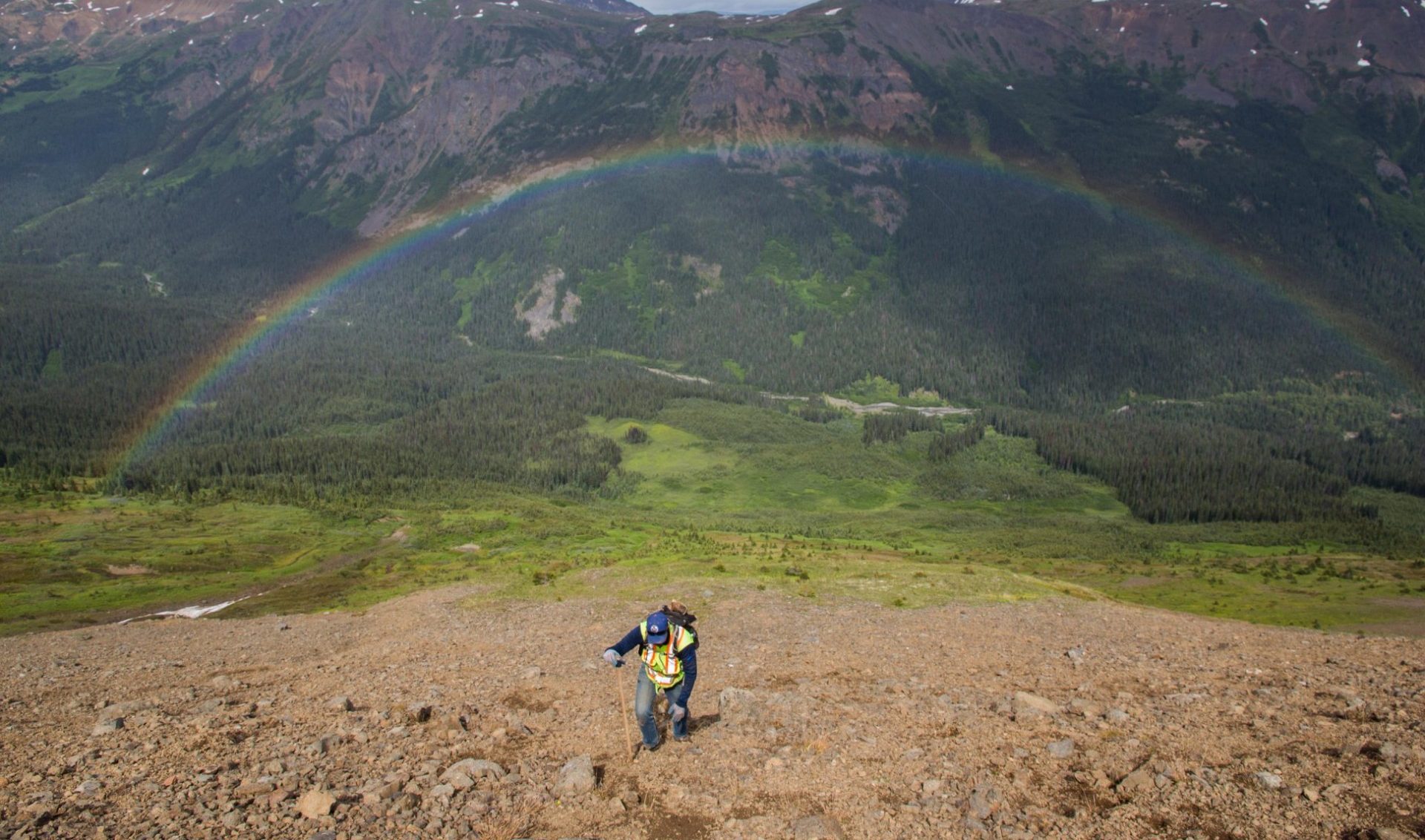With the world in the grips of a global COVID-19 pandemic, the mining and exploration industry has been forced to seek out a new normal. The disruption has caused an increased focus on technology and data analysis—an already growing trend that promises to persist even after the pandemic has passed.
Digging deeper into data
Despite mining and exploration being designated as essential services in provinces like BC and Ontario, the challenges of social distancing crews, and the risks associated with travel and bringing non-locals into remote areas with limited medical capacity have ground the current year’s field season to a halt. Work-from-home policies are now the norm as companies try to limit in-person interactions between employees. Most companies are well-equipped to have employees work remotely and an unintended bonus of the forced sequestration has been that geologists have the gift of time to dig deeper into their existing data.
Traditionally, the mining and exploration industries have focused their energy on collecting vast amounts of data, but the same level of resources hasn’t been applied to analyzing, storing and disseminating that data. “Geoscience cannot be based on chance,” says Larry Mireku, a data management consultant at MaxGeo in Vancouver, “In the search for mineral deposits, we have to understand how we’re collecting data, how we’re storing data, how we’re getting access to the data.”
According to the British Columbia Mineral and Coal Exploration survey, between 2012 and 2018, the average annual exploration expenditure in British Columbia was C$364 million per year. Many see this as an investment in discovery, but according to Mireku, “Even if you discover a mineral inventory, or deposit, or you are upgrading or even in the mining stage where you are exploiting, we are still generating data.” He says, “Whether you discover something or not the company’s investment is still in collecting data.”
Investing in the power of data
In 2017, an article in The economist declared to be the world’s most valuable resource, touting it as the new oil. Big data analytics are now being used by scientists to model global mineral occurrences and deposits, opening a vast realm of potential for the future of mining.
Harnessing the power of data analytics requires a robust data management system, something the Canadian mining and exploration industry has been slow to adopt. “This kind of mindset is inherently something you know is important for you to do but that doesn’t mean that you will do it,” says Mireku. However, that mindset is shifting and companies are starting to realize the power their data holds and the incredible value of a robust data management system. “We are a bit slow or we have been slow embracing that, but it’s all changed,” says Mireku, “And, of course, in years to come it will become more of something that we will be making an effort to do.”
Data science—from the home office to the field
Using the technology available to them, geologists working remotely from home “can prioritize their targets. They can generate good targets, all with the more affordable technology solutions and tools that we have,” says Mireku. But without a centralized data management system, access to data is limited, as Mireku says, “We have partial information to run our decision-making process.” The challenge of comparing data stored in multiple formats can also affect the quality of analyses as according to Mireku, “We cannot communicate on the same platform so decisions are delayed.”
The challenges of working remotely are the same challenges geologists can face in the field. But similarly, the benefits of a robust data management system go beyond working from the home and office and extend into the field. With a cloud-accessible centralized data management system, analysis can happen in real time. “When we are collecting data in the field, we update, we can make decisions and say we are not waiting six months to analyze this,” Mireku says, “We can make decisions right now to drill this hole. Here is all the data we have compiled and accumulated.”
The benefits and incredible potential will continue to drive the trend of increased investment in data management and analytical technology. “Even after COVID is gone, I believe companies will still be employing some of the data science, either AI or machine-learning techniques, to try and generate some good decision-making parameters.” However, despite the promise and power big data offers, there are limitations. Geology still requires the nuances and experience of human intelligence. “It doesn’t lend itself purely to just machine learning,” Mireku says, “but we can still use machine-learning tools.”
Keep up to date with all of the latest industry news and become an AME member today.
